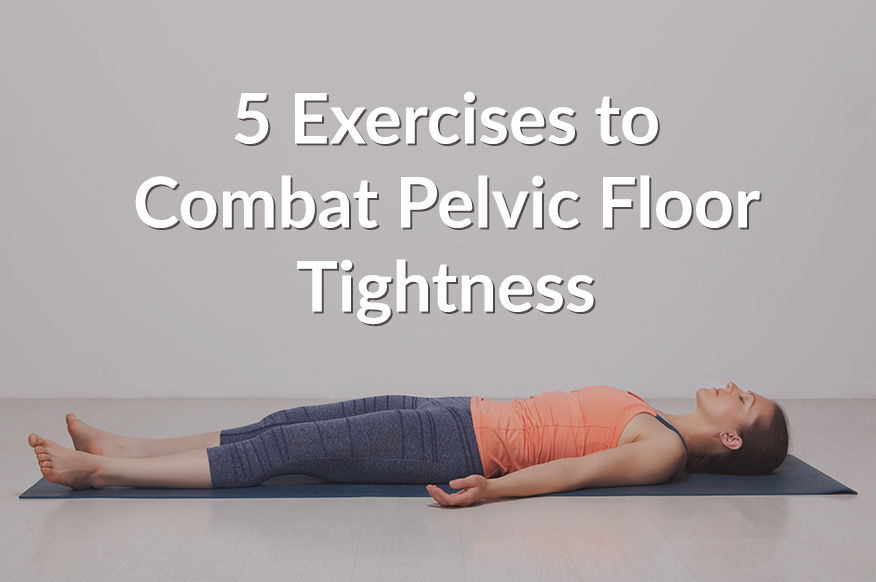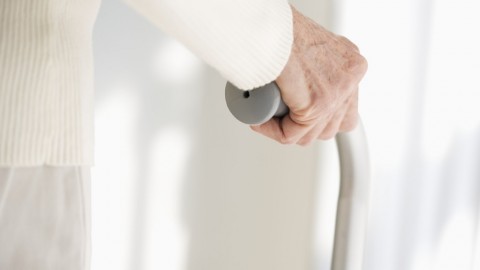Pelvic floor tightness is a form of pelvic floor dysfunction that can happen for several reasons and can cause irritation and pain with intercourse, tampon use, yearly exams, and it can also lead to a higher frequency of vulvar irritation, UTI’s, painful bladder syndrome and much more. Having a flexible pelvic floor can prevent issues like these from occurring as well as make sure you keep your muscles powerful in the pelvic floor.
We have 3 layers and hence three types of muscle movements that we need to be able to master, bearing down, relaxing, and squeezing aka a kegel. If we get stuck at one of these areas, most commonly the kegel or the contracted position, then we run the risk for pelvic floor dysfunction and pain later on in life. Just like you might stretch your hamstring after a run, it is important to stretch your pelvic floor to prevent pain and injury down the line. This goes for even those women that are postpartum! Scar tissue can limit the floors ability to contract will and stretching it will help get it moving again and hence give it back contractile power.
REMEMBER: Kegels are not for everyone. Although we may all need them at some point in our lives, if you are struggling pelvic pain, urgency, frequency, pain with intercourse, interstitial cystitis, painful bladder syndrome or anything similar, strengthening will not help.
Please consider starting the following stretches before consulting with a pelvic floor specialist.
1. Diaphragmatic Breathing
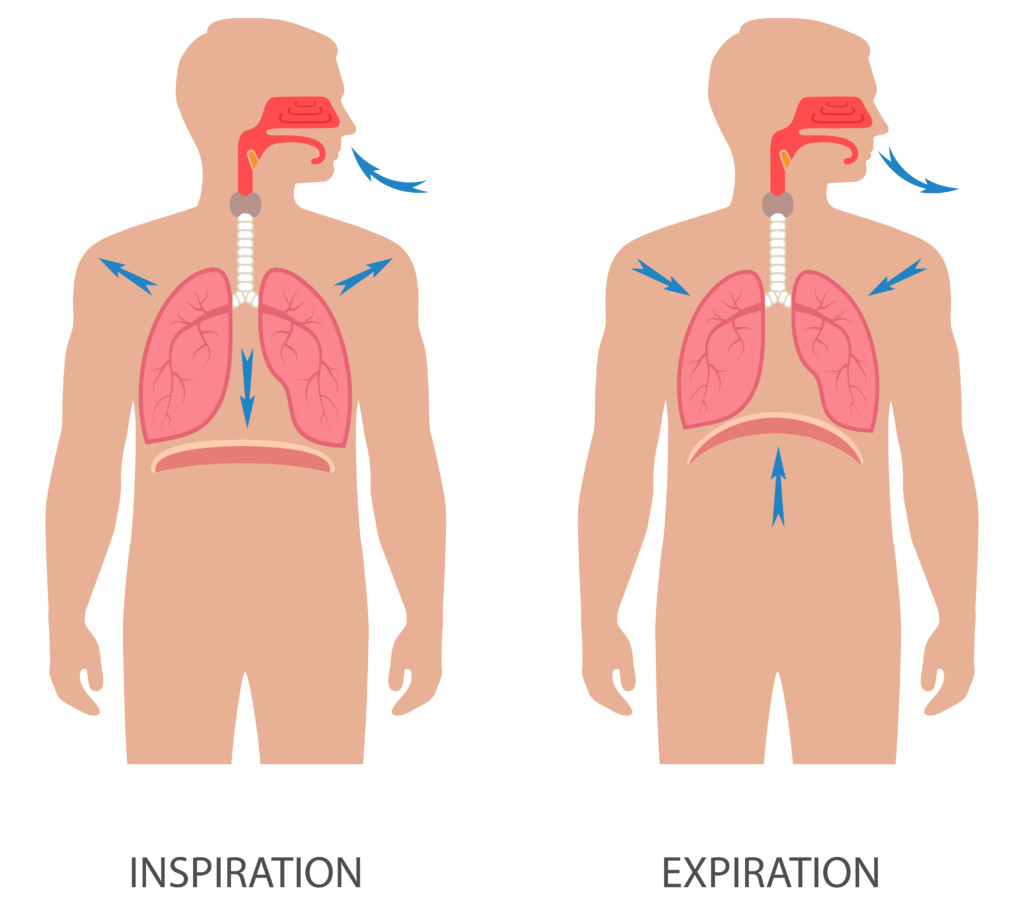
The diaphragm is a dome shaped muscle that forms the floor of the rib cage. It is the most efficient muscle for breathing, but it is also the counter balance to the pelvic floor. When the diaphragm is contracted during an inhale, the pelvic floor should be relaxed, when it is relaxed on an exhale the pelvic floor should be contracted. This insures proper intrabdominal pressure during coughing, sneezing, laughing, etc. If your timing is off, it doesn’t matter how strong your pelvic floor is, so mastering this simple exercise can often be the cure to urine leakage.
How to do Proper Breathing
- Start by lying on your back or reclining in a chair in a relaxed position. Place your hands around the lower portion of your rib cage.
- Relax your jaw by placing your tongue on the roof of your mouth and keeping your teeth slightly apart.
- Take a deep breath in through your nose, focusing on letting your rib cage widen and your abdomen expand. As you breathe in keep your upper chest, neck and shoulders relaxed, relax the pelvic floor as well.
- As you breathe out through your mouth, continue to visualize the pelvic floor staying relaxed, no kegels!
Remember to breathe slowly. Do not force your breathing. Practice this for 5 minutes.
These exercises are meant to stretch the inside of your thighs, pelvic floor as well as your glutes to give length to the area between your pubic bone and your tailbone.
2. Supine Pelvic Floor Stretch (Baby Pose)
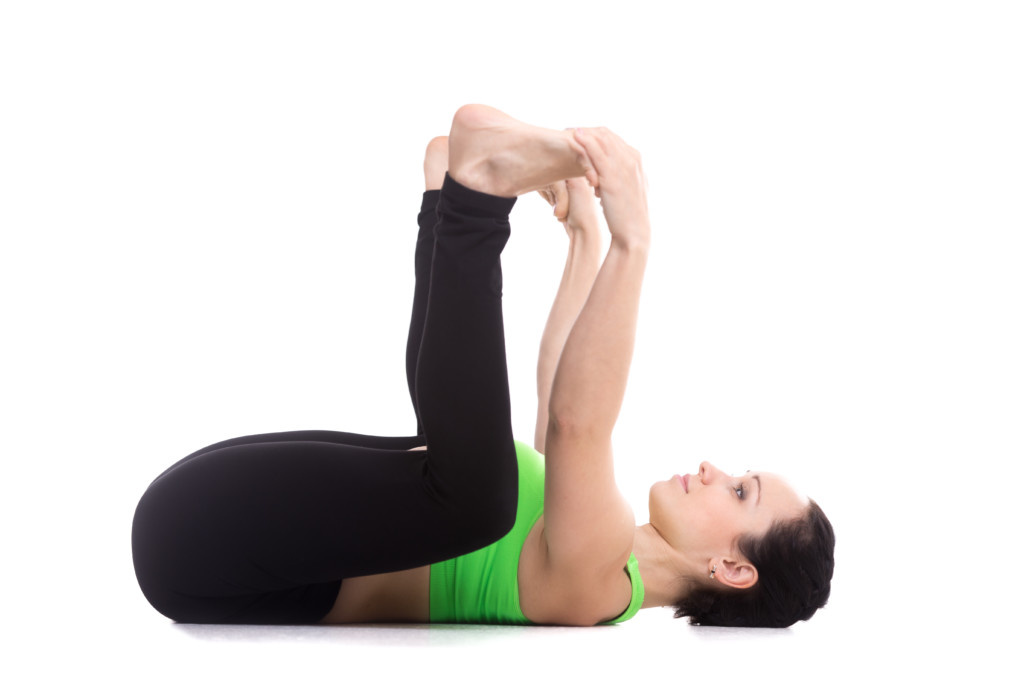
This exercises is meant to stretch the inside of your thighs, your pelvic floor as well as your glutes to give length to the area between your pubic bone and your tailbone.
How to do A Supine Pelvic Floor Stretch
- While lying on your back lift your legs off the ground with your knees bent and let them fall outward while you try to grab the back of either your thighs, calves or feet and pull your legs towards your chest
- Complete your diaphragmatic breathing focusing on relaxing your pelvic floor muscles.
Hold for 1 Minute, repeat 2 times per day.
3. Hip Hinge
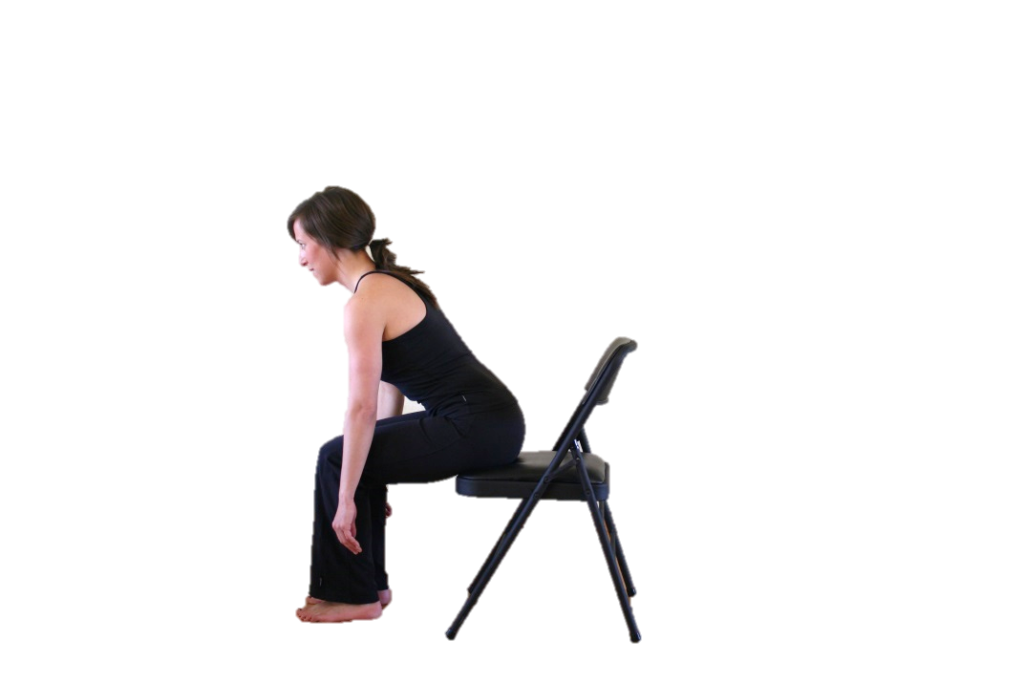
Image via Centerworks
How to Perform A Hip Hinge
- Sitting on the edge of a chair, place your feet flat on the floor, make sure that your sit bones and pubic bone are touching the chair (or at least close to it).
- Take your hands and move your glute tissue out of the way so as to make it even easier to reach the chair with your sit bones and pubic bone.
- Bend forward at your hips, leaning your chest toward the floor, then slowly return to the starting position and repeat.
- HINT: Make sure you keep your back straight throughout the movement. Try to bend a little farther forward each time. Make sure to keep your balance even between your legs.
Repeat 10 times, 2 times per day
4. Prone Hip Rotations With Knees Bent
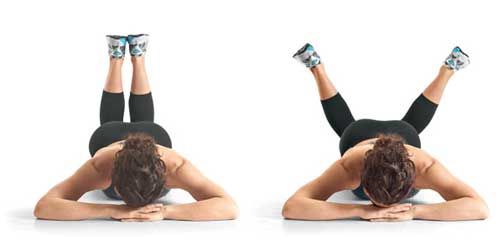
Image via Women’s Health Magazine
How to do Prone Hip Rotations With Bent Knees
- Bend both knees to a 90 degree angle, slightly tighten your abdominals, and let both of your legs fall outward as far as you can.
- Again use your breath work to visualize relaxing the pelvic floor.
- Bring legs back together, then repeat.
Repeat 10 times, 2 times per day
5. Piriformis Stretch
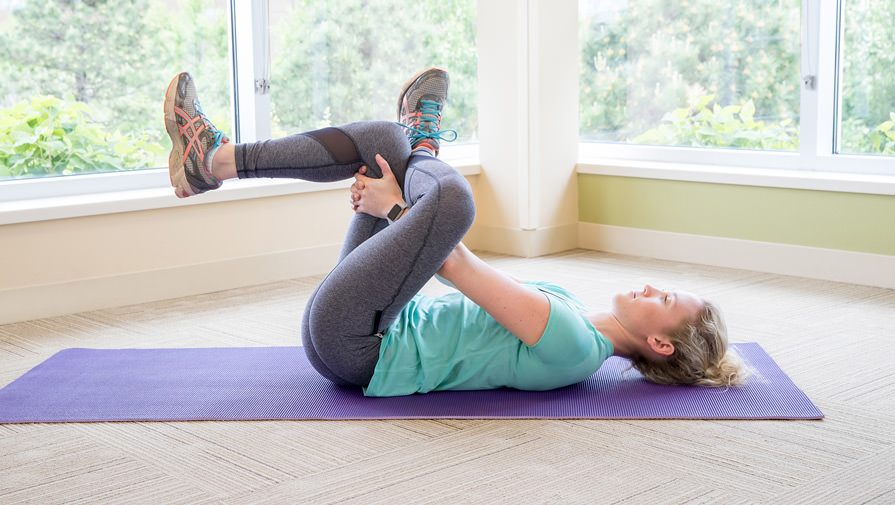
Image via Summit Orthopedics
How to Perform A Piriformis Stretch
- Grab underneath one leg, pushing your elbow into the lower thigh of the opposite leg. Gently pull your leg toward your body until you feel a stretch in your buttock and hold.
- Hold for 60 seconds and again concentrate on relaxing the pelvic floor.
Repeat 2 times on each side, 2 times per day.
Completing this training series is a great jump start to your pelvic floor dysfunction treatment, but remember this is only a beginning series. Manual work and internal vaginal stretching will likely be needed if you are struggling with any of the issues mentioned above.
Other factors that can play a role in pelvic pain include scar tissue, imbalance of other muscles within the hips and torso, fascial restrictions and much more. In order to learn about this next step, contact your local pelvic floor specialist to get specific instruction on what your stretching routine should look like and what may be the source of your pain or dysfunction. Your pelvic floor specialist will be able to reduce your pain with a pelvic floor dysfunction treatment program individualized to your needs and goals.

